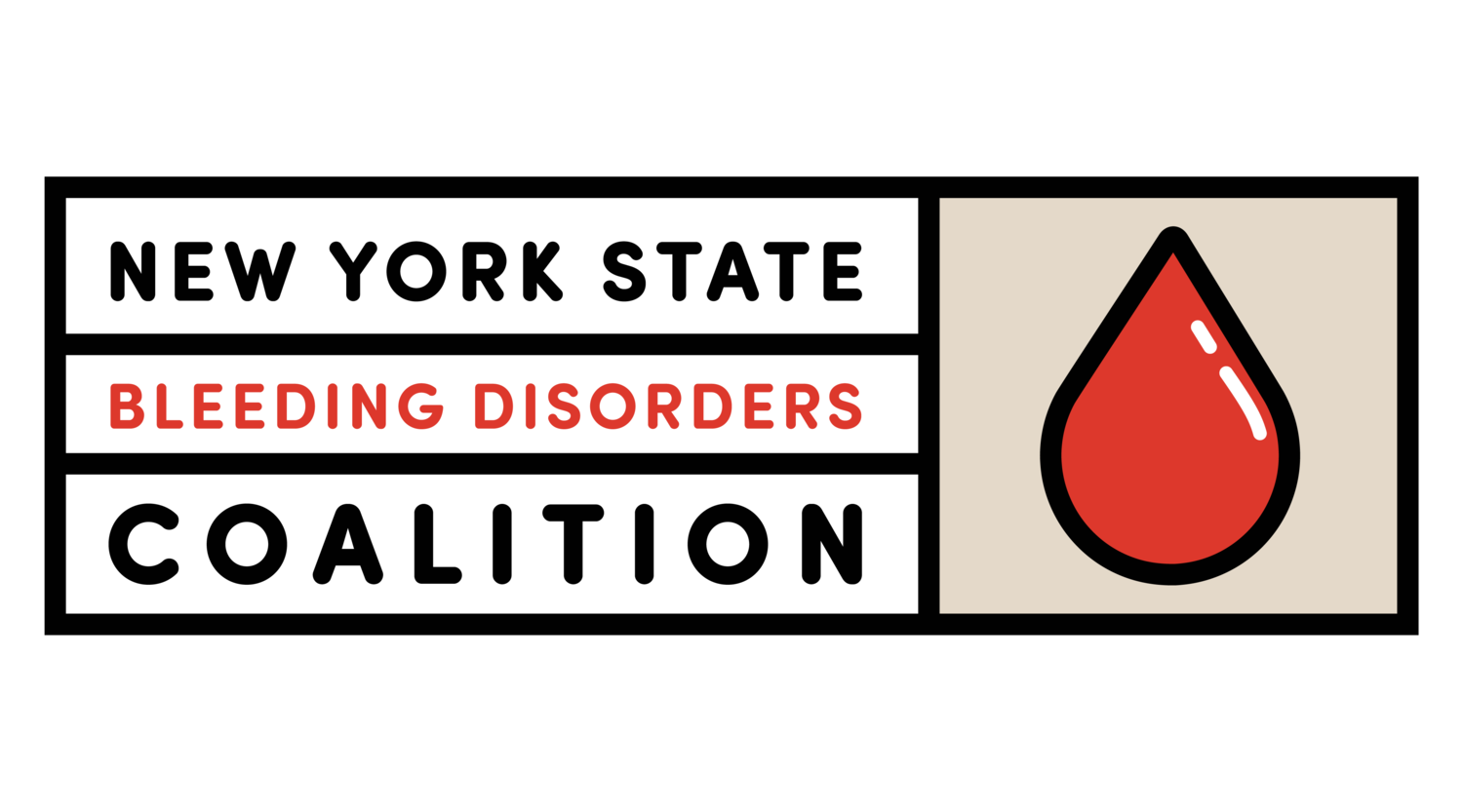WE DID IT!!!
On December 23, 2022, Governor Hochul signed S.5299-A/A.1741-A, which requires health plans to count all third-party assistance a patient receives toward the patient’s out-of-pocket obligations.
ACCESS TO PATIENT ASSISTANCE PROGRAMS
OUR POSITION
NYSBDC recognizes the need for qualified patients to use 3rd party assistance programs to help defray out of pocket healthcare expenses.
View our full support memo.
THE ISSUE
Many health insurance plans require patients to pay money out of their own pockets when the patient uses certain health care services and medications. These out of pocket costs may include copays, co-insurances, and deductibles. The original purpose of these out of pocket charges was to make patients mindful of which services and medications they use in order to help control costs. Some 3rd party groups such as pharmaceutical manufacturers and patient assistance organizations offer financial assistance to help lower income patients pay for these out of pocket costs.
Because of a murky ruling by the federal CMS (Centers for Medicaid & Medicare Services), some payers (health plans and Patient Benefit Managers – PBMs) are not allowing patients to use 3rd party assistance programs. In other cases, the payer will accept the assistance payment and then bill the patient for the out of pocket costs on top of it. Lower income patients and those with serious medical conditions struggle to pay for their health care and other expenses such as food, rent, utilities, etc. Being able to use 3rd party patient assistance means these patients can get the care they need and pay their other bills. Without assistance, some patients may be forced to delay or skip treatment, resulting in more serious medical problems.
People with complicated medical conditions may need multiple doctors to help manage their condition and take special medication for which there are no generic alternatives. Getting the right care and medication isn’t a matter of choice, it’s what they have to do. People with bleeding disorders need regular comprehensive care at a bleeding disorder specialty treatment center. They may also need to take clotting medication. One dose of the specific clotting medication a patient must use can cost $2,000 to $10,000; and many patients can easily use $200,000 or more of clotting medication in one year.
Read the aIDS Institute Report on Co-Pay Accumulators
PROPOSED SOLUTION
People should be allowed to use 3rd party financial assistance programs to help defray out-of-pocket healthcare expenses. Payers should not be allowed to limit patients from receiving such help or pocketing the financial aide that is meant to help the patients.
Help for patients who need it should go to the patients.
Imagine finding out you are qualified for financial help with your medical expenses and being told you are not allowed to use it.
